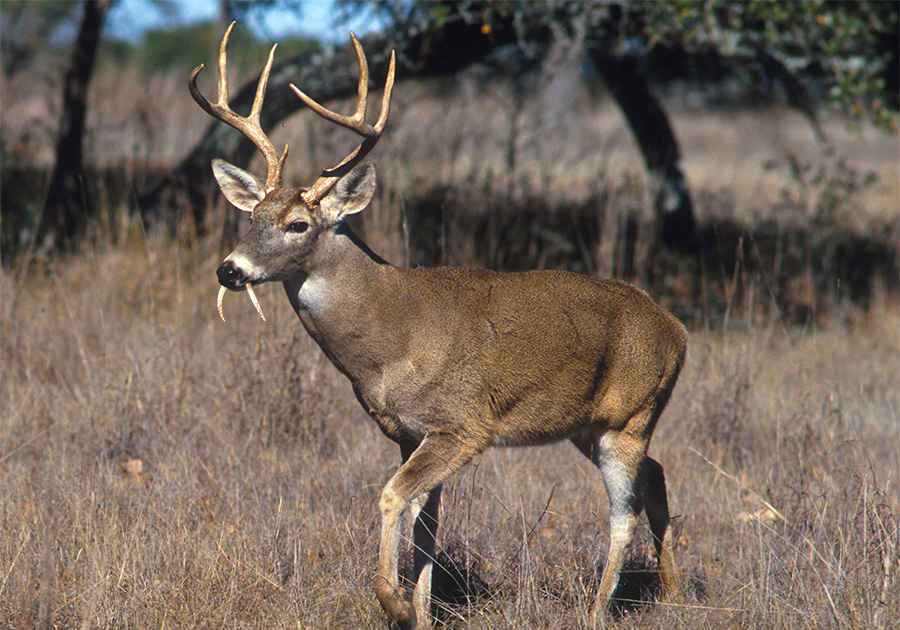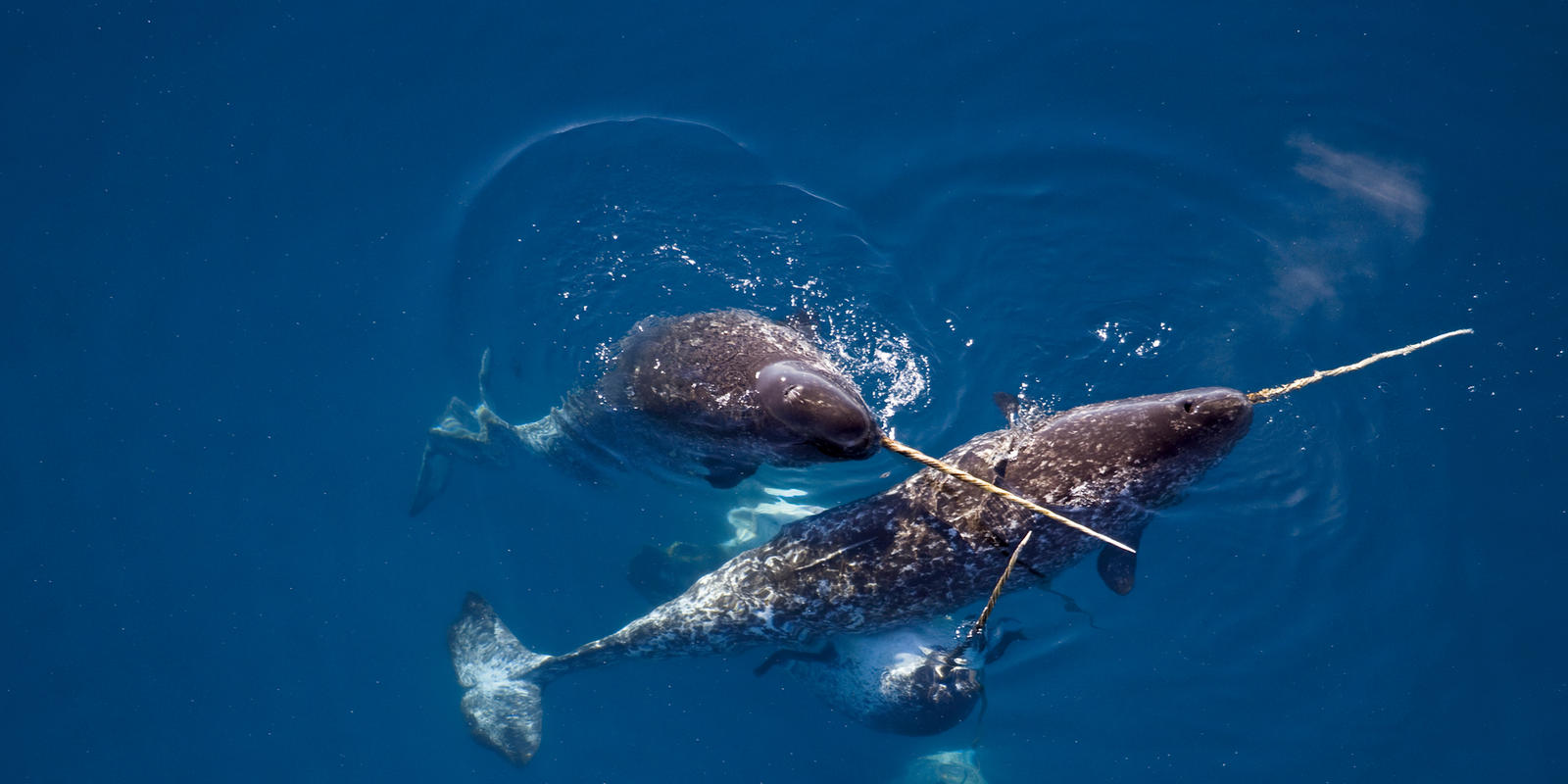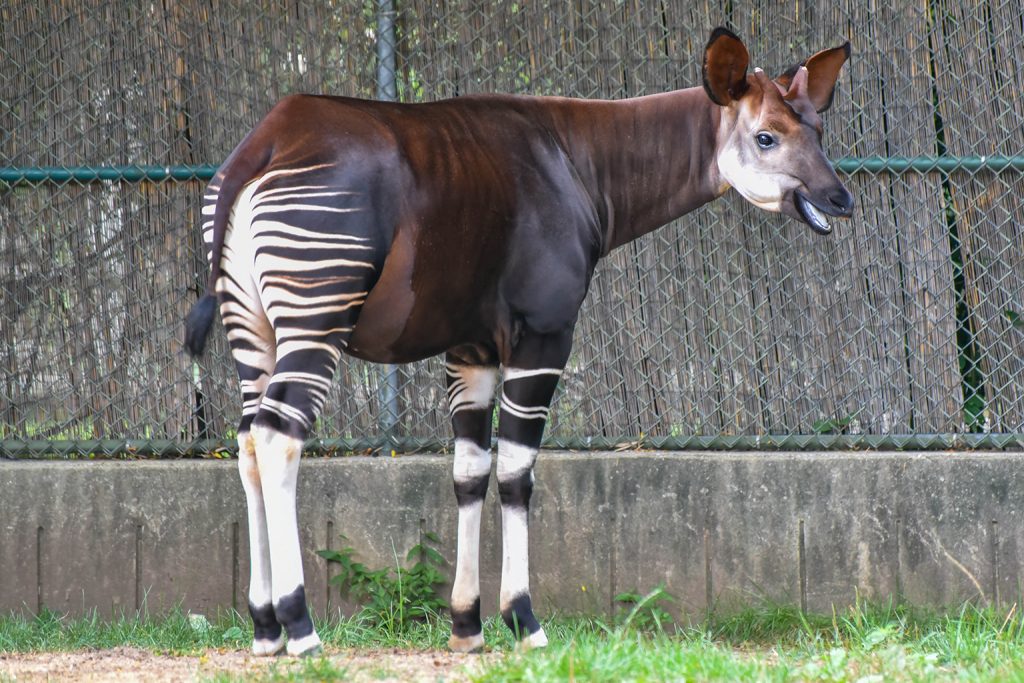In today’s age where change is ever-dynamic and the proliferation of advanced technology has it extremely possible to confirm and debunk conspiracy theories and hearsays, there are still those who believe in the unbelievable. Even the slightest proof can ignite lots of rumors, which could go on for quite some time.
The infamous Loch Ness monster or Nessie, for example, has been a consistent topic in forums, which are a hotpot for weird and odd controversies. These strange creatures are allegedly found in Loch Ness, Scotland and described as large aqua animals with long necks and humps on their backs visible from the surface of the water.
Photos, which were dismissed as altered, were used as evidence of the authenticity of the said creature. Add to that the accounts of alleged witnesses who claimed they got a peek of the underwater giant but the theory was denounced by multiple experts.
The same goes for the interesting el Chupacabra, Yeti, and the Big Foot. There is even a study on this matter called cryptozoology — if this sounds unfamiliar, chances are, you are not fond of these kinds of things, but if you may have heard this from somewhere or you know the definition by heart, then you’ve learned a thing or two about these mythical creatures.
Some of the aforementioned concepts might seem too far-fetched, but our planet is home to many creatures, some more bizarre than others, continuously discovered by scientists. We don’t know about unicorns but these mythical creatures listed below are definitely real.
Vampire Deer
By the sound of this name, there is no way there can be a creature that’s part-vampire and part-deer. However, this isn’t its real name but just a moniker for the musk deer, which was thought to have gone extinct.

It’s a male deer that has fangs, pretty much like the legendary blood-sucker, although the protruding pointy teeth are used for mating instead of catching prey. One was seen in northeastern Afghanistan last month, the first in 60 years.
Thorny Devil
The thorny devil looks like it came out of a “Jurassic Park” film but it actually originated from Australia. At first glance, this lizard resembles an orange leaf, but it’s an actual breathing creature that has thorns all over its body. These pointy spikes are used to protect itself from preys. They also camouflage with nature, when it’s hot, they change color to red, yellow, orange, and when it’s chilly, they turn to darker colors.
Narwhal
One look at these creatures and you will immediately feel it’s a dolphin that mutated to have a horn or swordfish with a dolphin’s body. But Narthwals aren’t either of these sea creatures. They are not whales either but rather porpoises with an ivory stick attached to their upper lip.

Male horns, which can grow up to 9 feet, are commonly used in mating and fighting and are observed to have nerve endings, probably used in searching for food. They live in the Arctic waters near Greenland, Russia, and Canada.
Streaked Tenrec
This tiny animal clearly looks like hedgehogs with a different color scheme but that’s precisely it, a thorny small animal that has a body with black and yellow colors. In Madagascar, tenrecs have another set of quills which they use in the dark. They also communicate with others in a high pitch that humans aren’t capable of hearing.
Blue Dragon
This creature is not actually a dragon, but a small blue slug that floats upside down in the waters – this is used as camouflage as the blue side turned upwards blends with the water, while the gray side blends with the surface of the sea from the down below perspective.
Okapi
One look at an okapi is not enough to deduce what it really is: it looks like a hybrid of many animals compacted into one. However, these unique features are actually helpful for the creature as these are used to survive from preys and to reach food in high trees.

To describe an okapi, it has a long neck like a giraffe, it is about the size of a horse, and its feet have some zebra stripes. What’s more, it is considered as the symbol of pride in the Democratic Republic of Congo.
